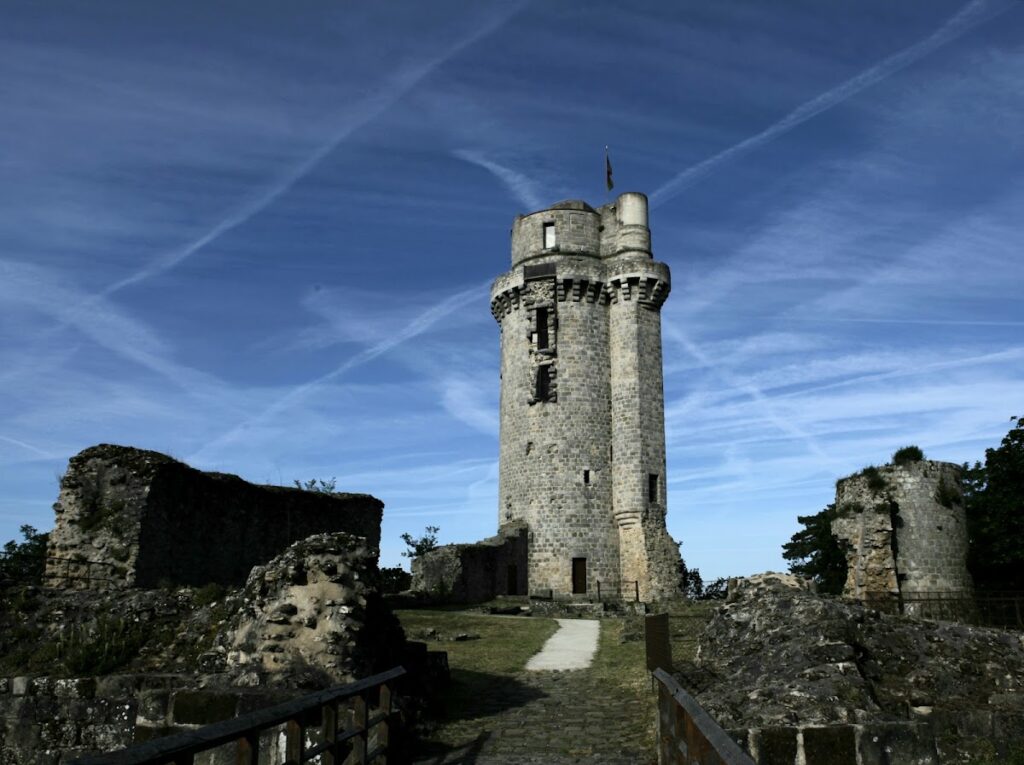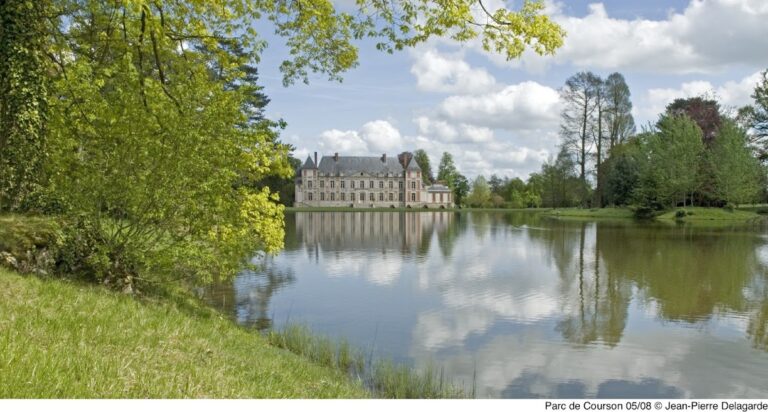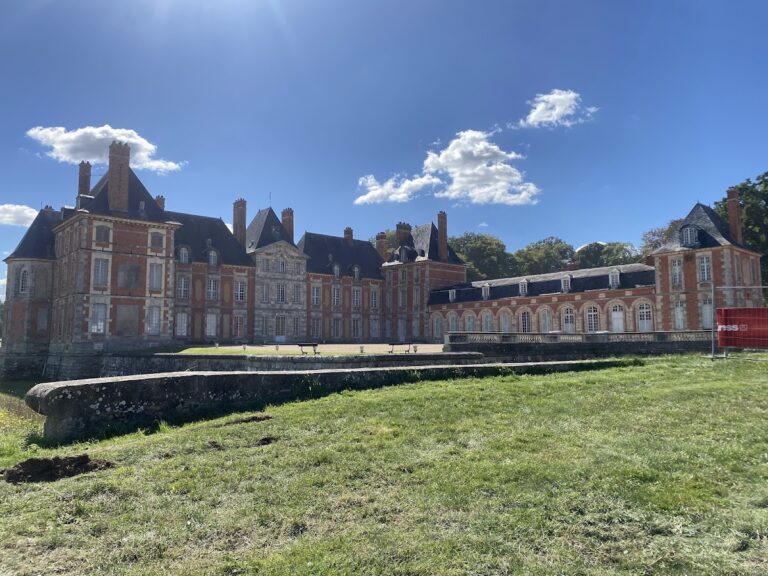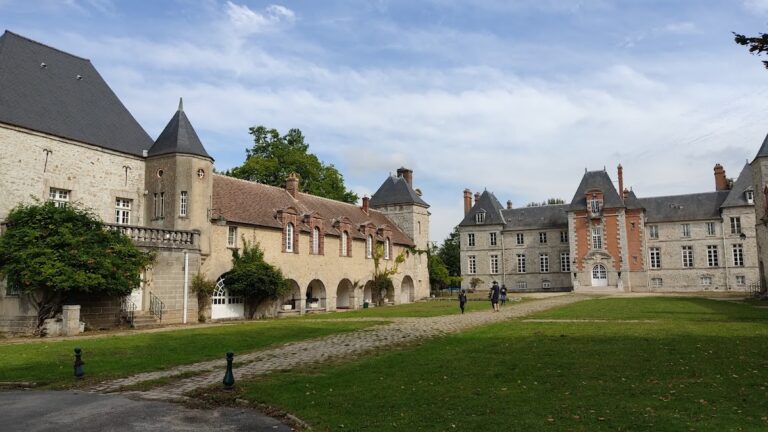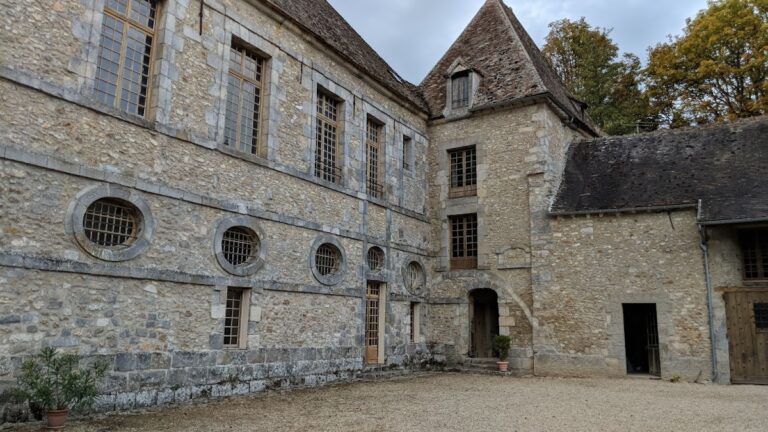Château de Montlhéry: A Medieval Fortress and Scientific Landmark in France
Visitor Information
Google Rating: 4.2
Popularity: Low
Google Maps: View on Google Maps
Official Website: www.essonnetourisme.com
Country: France
Civilization: Unclassified
Remains: Military
History
The Château de Montlhéry is located in the town of Montlhéry, France. This medieval fortress was originally established by the feudal lord Thibaud de Montlhéry around the year 991. Its position atop a rocky hill overlooking the Orge valley provided a strategic vantage point for controlling the surrounding region, which was part of the territory ruled by the medieval French monarchy.
During the 10th and 11th centuries, the castle began as a motte castrale—a wooden or stone tower built on a raised earthwork—designed to fortify the site. Successive generations of the Montlhéry family, particularly Gui I and Milon I, expanded both the castle’s structure and their political authority. Through alliances and marriages, this family connected to prominent French rulers including Kings Philippe I and Louis VI, situating Montlhéry as a key fortification within the royal domain.
In the 12th and 13th centuries, the castle underwent significant rebuilding, reflecting the architectural and military advancements of the time. It served various notable historic functions: King Louis VII stayed there in 1144, while Saint Louis (King Louis IX) sought shelter within its walls in 1227. During the tumultuous Hundred Years’ War (14th and 15th centuries), control of the castle shifted amid sieges by English forces and occupation by rival factions. The castle was also a focal point during the 1465 battle of Montlhéry, serving as a military base.
In the religious conflicts of the 16th century, Château de Montlhéry became a headquarters for Calvinist forces in 1562 before returning to royal possession. By 1591, orders from the governor of Paris led to much of the fortifications being dismantled, sparing only the main keep, or donjon. Over the 18th century, the castle fell further into ruin; the defensive moats were filled and converted into gardens.
Despite its decline as a military stronghold, the keep gained new scientific importance in the 19th century. It was used for pioneering experiments measuring the speed of sound in 1822, supporting optical telegraphy in 1794, and calculating the speed of light in 1874. Recognized for its historical value, the tower was classified as a historic monument in 1840. Restoration efforts throughout the 19th and early 20th centuries focused on preserving the surviving structures. After closure in 1992, the tower underwent a major restoration from 2000 to 2009 and was reopened to the public in 2012.
Remains
The Château de Montlhéry is situated on a rugged hill rising 137 meters above sea level, commanding views over the Orge valley. The castle’s overall layout follows a roughly pentagonal shape aligned along an east-west axis, with the principal entrance facing east. The site rests on a sturdy natural base composed of a sixty-meter-thick sandstone and marl butte, providing a strong foundation for the stone fortifications.
The fortress originally featured a rectangular main section approximately 26 to 30 meters wide and 35 meters long, complemented by a triangular end with the primary keep positioned at the pointed apex of the pentagon. Surrounding the courtyard were four circular towers, each measuring about 7.5 meters in diameter with walls two meters thick. These towers provided defensive coverage at each corner of the enclosure. A rectangular gatehouse equipped with a drawbridge controlled access to the interior. The curtain walls ranged in thickness from 2.3 to 2.9 meters at the base, tapering to about one meter at the top, and stood roughly eight meters above the dry moat that encircled the castle.
The main keep dominates the courtyard by rising approximately thirty meters above its floor. This thick-walled tower, nearly ten meters in diameter, contains six distinct levels. The lower two stages feature a six-sided ribbed vault ceiling within a cylindrical space measuring 4.5 meters across. Above these, the third and fourth floors are square-shaped rooms, each about five meters per side, including a fireplace and suspended latrines—early examples of medieval sanitary design. The fifth level includes a machicolated walkway, an open gallery with openings in the floor for dropping defensive materials on attackers, located some 22 meters above ground. The uppermost sixth floor presents a rectangular chamber once capped by a conical roof that was later replaced with a terrace during 19th-century restoration.
Vertical circulation between floors occurs through a spiral staircase embedded within the tower’s thick walls. Within the courtyard itself, a deep well reaching 71 meters down provided a vital water source. Nearby, a vaulted wine cellar measuring approximately five by two meters and two meters high allowed for storage, alongside four ancillary cellar spaces about two meters deep.
Extending outward from the main entrance, three successive baileys (walled courtyards) were constructed to create layered defenses. The second bailey housed a chapel measuring 15 by 8 meters, serving the spiritual needs of the inhabitants. On the courtyard’s south side stood a gallery characterized by arcades—a row of arches providing sheltered passage—while a two-room building with an upper floor adjoined the northern curtain wall, measuring about 16.5 by seven meters.
Today, the surviving elements of Château de Montlhéry include the main keep, the well, sections of the moat, and parts of the curtain walls. Modern restoration efforts have focused on stabilizing the tower summit to prevent water infiltration, reinforcing walls and floors to ensure structural safety, and repairing the access bridge and surrounding areas to secure the site’s integrity. These preserved remnants offer a tangible connection to the castle’s lengthy history and evolving role from medieval fortress to scientific landmark.
